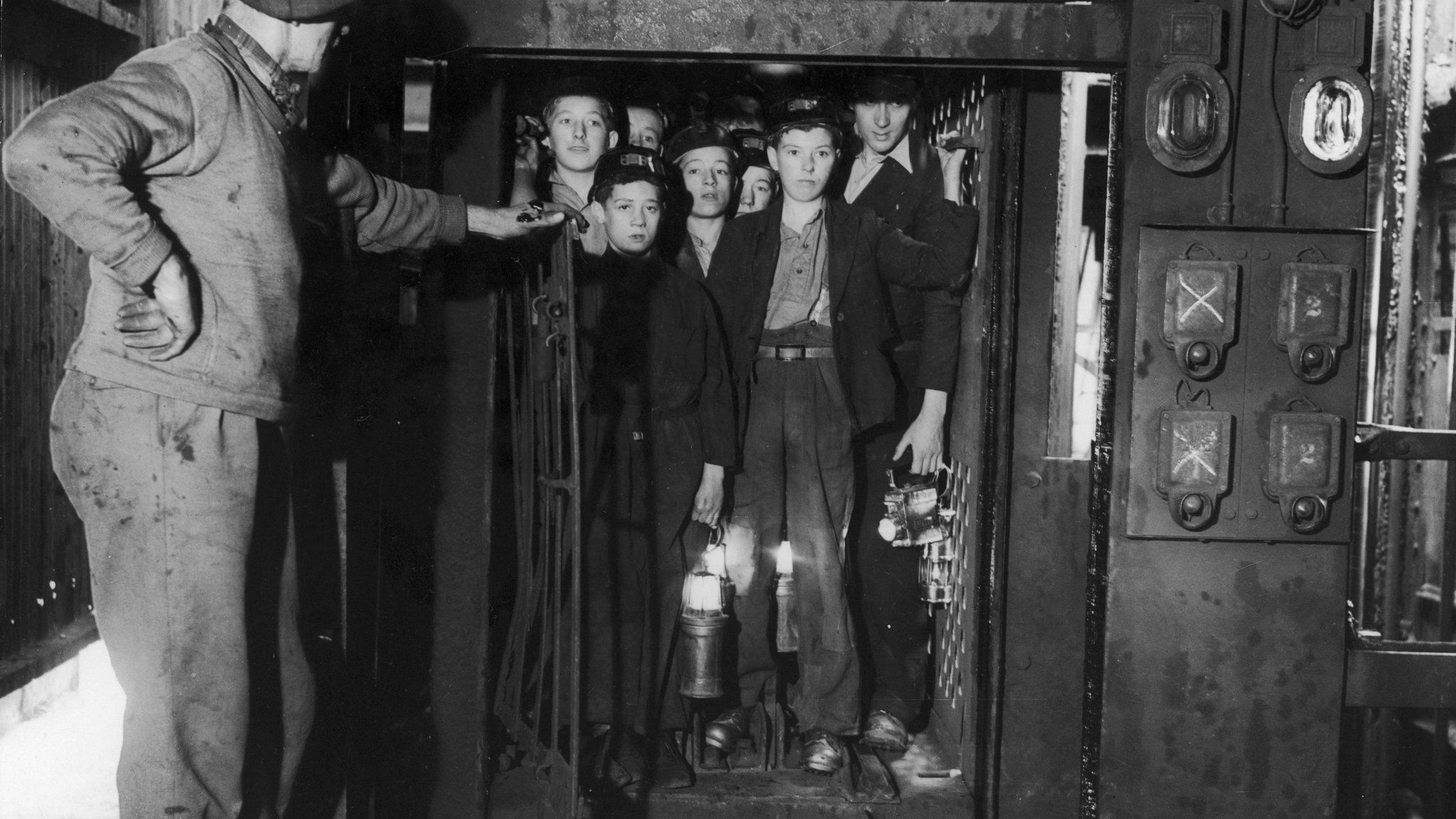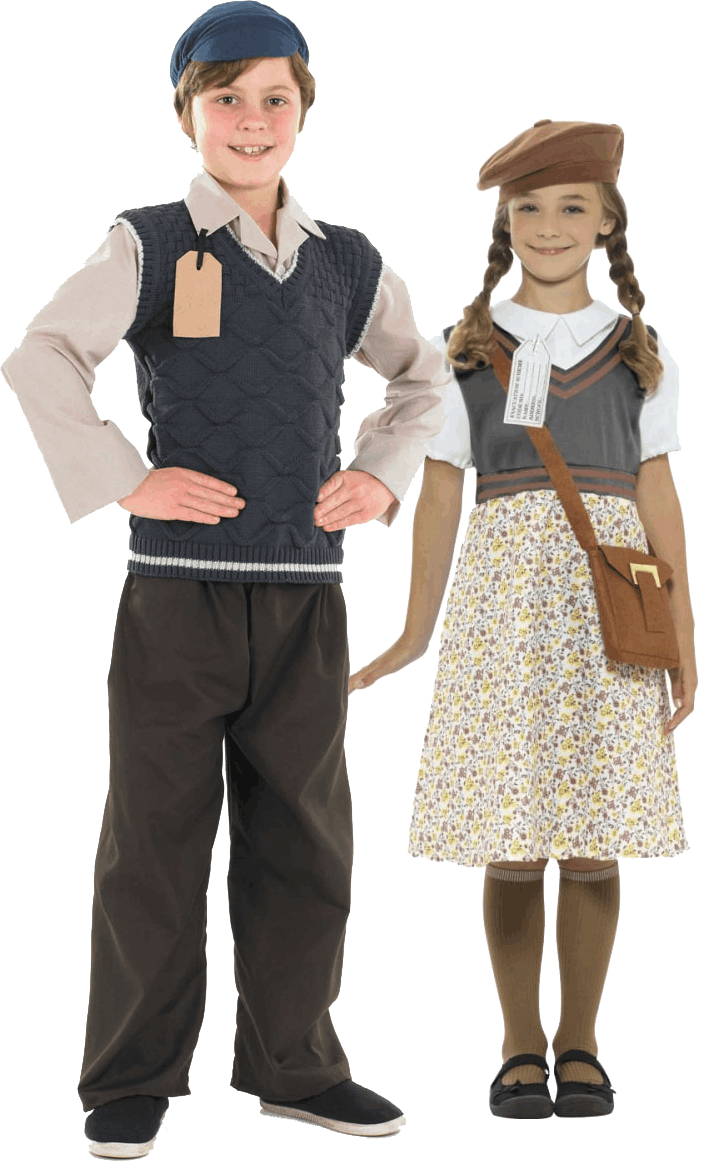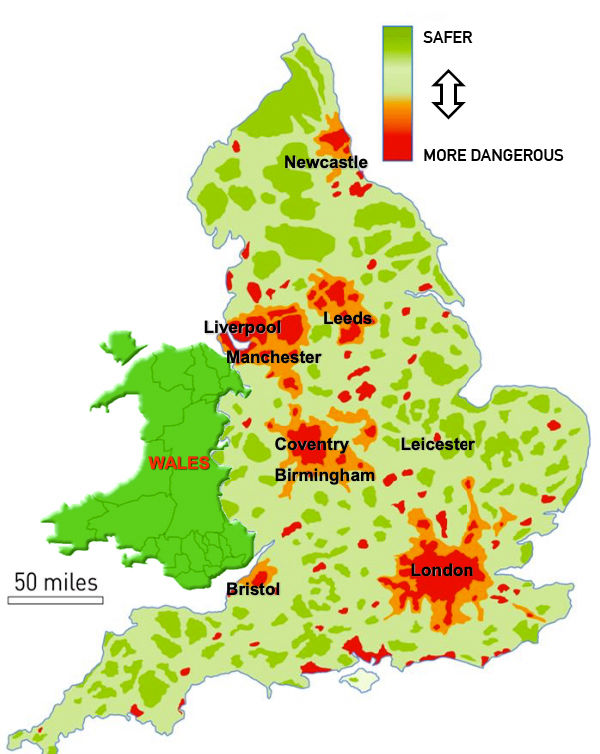
Last year, we studied Hitler and all his friends, and what type of fellow he was and what they were all like. Those people - we'll call them 'people' - arranged the battles and strategies, which all happened on what we call 'The Front'. The Battle Front.
But that was not the only front there was; even
on the 'battle front' there were several places
in the world where huge battles took
place.
But in each country which participated in the
Second World War, there was another front - the
'Home Front'. Great Britain had one, Germany
did, Japan, even the United States, which joined
the war late (again) had a 'home front'.
We will examine the Home Front in Great
Britain, but the home fronts of many of the
other countries had very similar
characteristics.
HERE'S
the declaration of war by the Prime Minister.
It’s only short.
Who was the Prime Minister at that
time?
Neville Chamberlain. Most people tend to think
it was Winston Churchill.
Did every man who was of the correct age
able to join the armed forces?
No. Most of them could, but even being the
right age did not mean you would make a good
soldier, airman or sailor.
Not only that, but some jobs were called 'Reserved occupations'.
A Reserved Occupation was a job type declared
by the government to be 'essential' to the
running of the country - ranging from policemen
to teachers, from farmers to butchers.
Some people were extremely happy to be in a
Reserved Occupation, of course - if you were not
in a battle, you were rather unlikely to be
killed by the enemy. Others were annoyed that
they were placed into that category though -
does anyone know why?
It was because they wanted to 'do their bit' to
win the war. Very much like the first war, the
Great War, there was a feeling that anyone who
could, should join up and fight in some way.
Many of the men in Reserved Occupations were
young, fit and healthy and willing to join up
and go off to war. But at first, they were not
allowed to.
Only after a while were they allowed to leave
their essential job and join whichever service
they wanted.
At the beginning of the war, just like the
first war, men could join whichever of the armed
forces they wanted.
What are 'the Armed Forces'?
The Army, the Navy and the Royal Air
Force.
When the war started for real, though,
conscription started.
What is 'conscription'?
It's the forcing of people to join something.
Usually it is an armed force - just like in
Thailand. Boys must either do Army School or
pick a card. Each year, the forces in Thailand
estimate how many people they need and that
number is conscripted to join.
In the world, wars, of course, no one knew how
many men would be needed so conscription applied
to all men who were not exempt from it.
What is it to be 'exempt?
It means to NOT be required to do something; to
be excused.
Why didn't the people in the world wars
know how many men would be needed?
Simply because no one knew how many would be
killed.
With the introduction of conscription, the
country was left without a large section of the
population. At first, men between the ages of 18
and 41 had to register and wait to be 'called
up'.
By 1942, men between 18 and 51 and women
between 20 to 30 had to register.
Which other occupation men could be called
into?
It was mining. Men could be called into the
Armed Forces or into the Mining Industry. That's
because the war industry required. Millions of
tons of coal to run the steam engines in the
factories; and if miners joined the other armed
forces, there would not be enough coal mined to
support industry.
Being a miner was very much NOT the most
popular industry to be called into.

These are 'Bevin Boys'. They were conscripted into the mines.
The Emergency Powers Act of 1940 vested in the minister of labour and national service the power “to direct any person in Great Britain to perform such services as may be specified by directions issued by the minister”. The minister was Ernest Bevin, Minister of Labour issued such directions almost daily.
At home, then, loads of men either left for the forces or were waiting to be called up.
Who was left at home?
Women, children and those in Reserved
Occupations.
These were the people we will look at, and see
how they managed during the war.
The most vulnerable were the children.
What does 'vulnerable' mean?
It means those most at risk of harm.
What possibly could a government do to protect
the children, who didn't really understand what
was going on; when you are under about 14 you
really do not know what's going on around you.
In fact, some people don't have any idea when
they are rather older ... mentioning no
names.
The solution which the government came up with was 'evacuation'. Does anyone know a simple definition of that? It just means to send people away from an area of danger.
In the war, many things the government did were
given code names. I am not sure it was necessary
to call something a particular 'operation',
because in the case of evacuation, for example,
everyone knew what was going on. Anyway, the
government called it 'Operation Pied
Piper'.
Who was the original 'Pied Piper'?
He was a fabled or maybe a real person hundreds
of years ago in ... ahem ... Hamelin in GERMANY
who was called into a. Town to clear the plague
of mice by playing his pipe (hence 'piper') and
the mice followed him. Unfortunately the people
didn't pay him what they promised so the Piper
played his pipe and all the CHILDREN from
Hamelin followed him and disappeared for ever.
It's actually based on real events although it
has become a sort of fairy tale.
So, Operation Pied Piper meant that the
children in areas designated 'danger areas' were
to be sent to safe areas.
What does 'designated' mean?
It means 'given a name'.
The country was divided into three main areas -
evacuation,
neutral and
reception.
An evacuation area was where
the government guessed the Germans would attack,
neutral areas were where the government thought
the Germans might attack and reception areas
were the areas thought to be safe from attack
and therefore areas where children could be
sent.
What sort of places would be
‘evacuation’ areas?
Large cities and industrial areas, but not only
London, but Birmingham (halfway up the country),
Liverpool, Manchester and Glasgow. These were
areas from which people wold be removed.
What would a ‘neutral’ area
be?
An area which had light industries or small
industries, not concentrated in a city or
certain area. These were areas from which people
would neither be sent, nor would these areas
receive evacuees.
What would a ‘reception’ area
be?
An area which would receive those people who
were evacuated from ‘evacuation’ (dangerous)
areas.
And what about a
safe area?
A safe area was anywhere the Germans would have
no interest in attacking - countryside, areas
where there was no industry contributing to the
war effort or anywhere else where there was
noting worth bombing.
Operation Pied Piper was designed to keep safe the parts of the population who were vulnerable.

Here are two evacuee children - these are models but you can see the labels they had to wear.
The most vulnerable were the children.
What does 'vulnerable' mean?
It means those most at risk of harm.
What possibly could a government do to protect
the children, who didn't really understand what
was going on; when you are under about 14 you
really do not know what's going on around you.
In fact, some people don't have any idea when
they are rather older ... mentioning no
names.
The solution which the government came up with was 'evacuation'. Does anyone know a simple definition of that? It just means to send people away from an area of danger.
In the war, many things the government did were
given code names. I am not sure it was necessary
to call something a particular 'operation',
because in the case of evacuation, for example,
everyone knew what was going on. Anyway, the
government called it 'Operation Pied
Piper'.
Who was the original 'Pied Piper'?
He was a fabled or maybe a real person hundreds
of years ago in ... ahem ... Hamelin in GERMANY
who was called into a. Town to clear the plague
of mice by playing his pipe (hence 'piper') and
the mice followed him. Unfortunately the people
didn't pay him what they promised so the Piper
played his pipe and all the CHILDREN from
Hamelin followed him and disappeared for ever.
It's actually based on real events although it
has become a sort of fairy tale.
So, Operation Pied Piper meant that the children in areas designated 'danger areas' were to be sent to safe areas.

This is a map of the safer and the more dangerous places in England and Wales. Scotland has its own arrangements. Red areas were evacuation areas and green areas were either reception areas of neutral areas. As you can see - there are no 'white' areas so everywhere had a degree of danger.